Calculated Bets: Computers, Gambling, and Mathematical Modeling to Win (Outlooks)
£22.60
This is a book about a gambling system that works. It tells the story of how the author used computer simulations and mathematical modeling techniques to predict the outcome of jai-alai matches and bet on them successfully – increasing his initial stake by over 500% in one year! His results can work for anyone: at the end of the book he tells the best way to watch jai-alai, and how to bet on it. With humour and enthusiasm, Skiena details a life-long fascination with computer predictions and sporting events. Along the way, he discusses other gambling systems, both successful and unsuccessful, for such games as lotto, roulette, blackjack, and the stock market. Indeed, he shows how his jai-alai system functions just like a miniature stock trading system. Do you want to learn about program trading systems, the future of Internet gambling, and the real reason brokerage houses don’t offer mutual funds that invest at racetracks and frontons? How mathematical models are used in political polling? The difference between correlation and causation? If you are curious about gambling and mathematics, odds are this book is for you!
Read more
Additional information
| Publisher | Cambridge University Press (6 Aug. 2001) |
|---|---|
| Language | English |
| File size | 9289 KB |
| Simultaneous device usage | Up to 4 simultaneous devices, per publisher limits |
| Text-to-Speech | Enabled |
| Screen Reader | Supported |
| Enhanced typesetting | Enabled |
| X-Ray | Not Enabled |
| Word Wise | Not Enabled |
| Sticky notes | On Kindle Scribe |
| Print length | 248 pages |

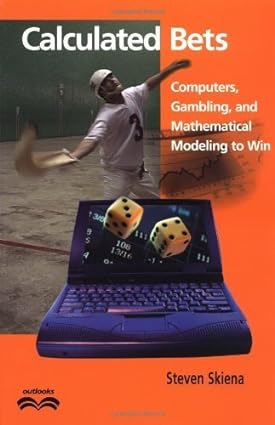
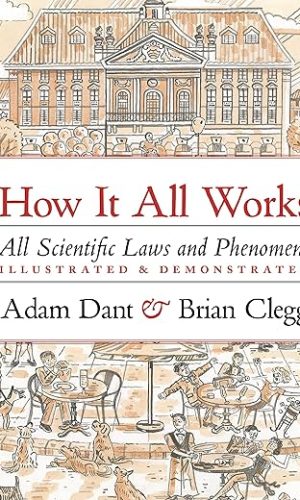
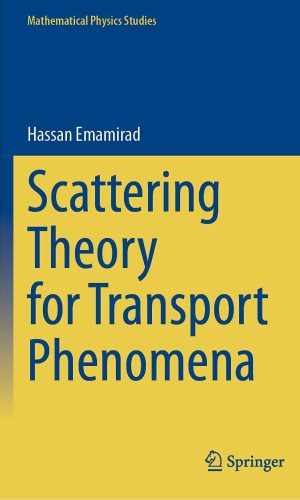

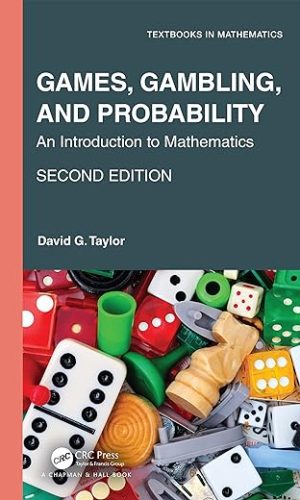
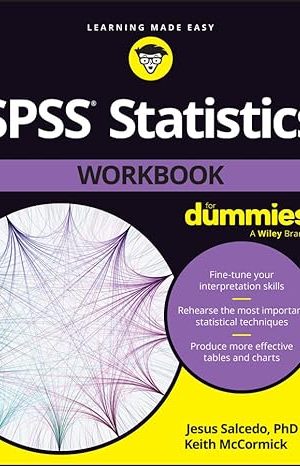
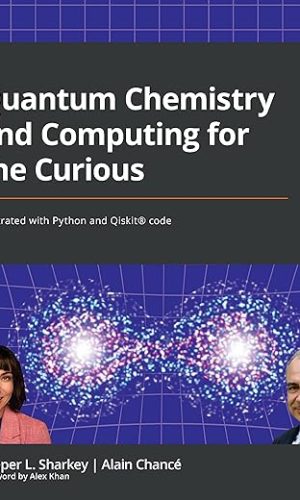
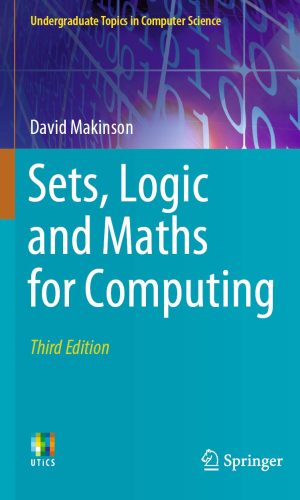
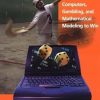
by Shoeless
I bought this book on recommendation from an associate who is trying to use it to make a software model for UK Horse Racing. Given that I use a home-brewed software model for myself which used advanced calculus techniques to process all the data points I thought that I would read this book to compare notes and to see if the author has something that we could employ.
Sadly not. The most interesting part of the book is the description of Jai Alai (the Basque sport which is played on an overstretched squash court and with baskets on the players’ arms to catch and fling the ball back).
The description of that sport is brilliant and I learned something new. However, the rest of the book is a disappointment.
The author is supposed to be a professor in computer science in New York university. His opinions (nay, rants) on various topics concerning computer science don’t belong in this book. We want to know how he got his data, how he processed it using what sort of mathematical processing techniques he used.
All I seem to have worked out is that the professor of the computer science department is unable to write much in the way of code. His rambling diversions on Obfuscurated C competitions only serve to confuse those who haven’t met this stuff before. I, who have come across this before, just filed this all away as pointless diversions.
What I found really dangerous with this book is that professor didn’t seem to explain once the theory of probabilities; particularly addressing the very important topic of losing runs. In one part of the book he described how he staked almost all of his betting bank on night’s games.
This is no way to run a gaming system. Clearly this man has no idea of how to survive and putting across ideas like this is nothing short of dangerous. In the end of the book he said that he hit a losing run (as will any system statistically) and then he turned off the machine.
The author has written a hodge-podge of a book. The bits which I am interested were glossed over. Bits which may or may not have been used in his model were introduced. For example, we read about neural networks in a couple of pages. Nowhere did he give the basic and elementary workings of a neural net. Did he use one? We don’t know?
What about his mapping techiques for his data? Did he use those, if so how?
How did he enumerate the values (or ratings) of the Jai Alai players to make his selections? This wasn’t clear.
The bit at the back of the book where he gives a (very edited) betting diary convinced me one thing; never to try to bet off-course in the USA at all. Thank goodness we in the UK are a little more switched on when it comes to on-line bookmakers and, above all, the book has totally convinced me not to bother to get a post-graduate degree at New York university.
This book isn’t a good investment at all.
by Caveat Emptor
If you want to know the processes involved in getting to know a sport, modelling it and then tailoring your model for the market in which you wish to trade then this book is as good as any other.
The use of Monte Carlo methods was concise and gave me the understanding I needed to apply to horse racing.
An excellent read.
by Paul Robinson
This book has no clue what it wants to be. At some points it’s a book on betting on jai-alai, or a book on parsing web pages, or an explanation of why Microsoft is evil, or why statistics work the way they do, or how to improve betting strategies, or a biography, or…
It’s clear that the author spent a lot of time on this. It’s also clear that if you wish to bet on jai-alai you must buy this book before boxing up those trifectas. However, if you want an insight into how to model statistical data, this is not a good place to start. If you want to understand betting systems, this is not a good place to start. In fact, it’s not really a good place to start for much.
Pity really, as it can be a good read in places, and it had the potential to be brilliant, but it just seems a little disjointed. Gets 3 stars for effort and easy writing style, would have been more if any of it had connected up in the right order…
by Andrew Student
From a punter’s perspective, no useful information unless you want to bet on Jai alai, a market that wouldn’t take serious action. Ignore the ‘computers and mathematical modelling’ bit of the strapline – the book is aimed at the layperson, there is nothing for the technician to learn. Like another reviewer, I found the introduction to the sport of jai alai moderately interesting.
by B V Cordingley
Not reads yet but looks like what I anticipated